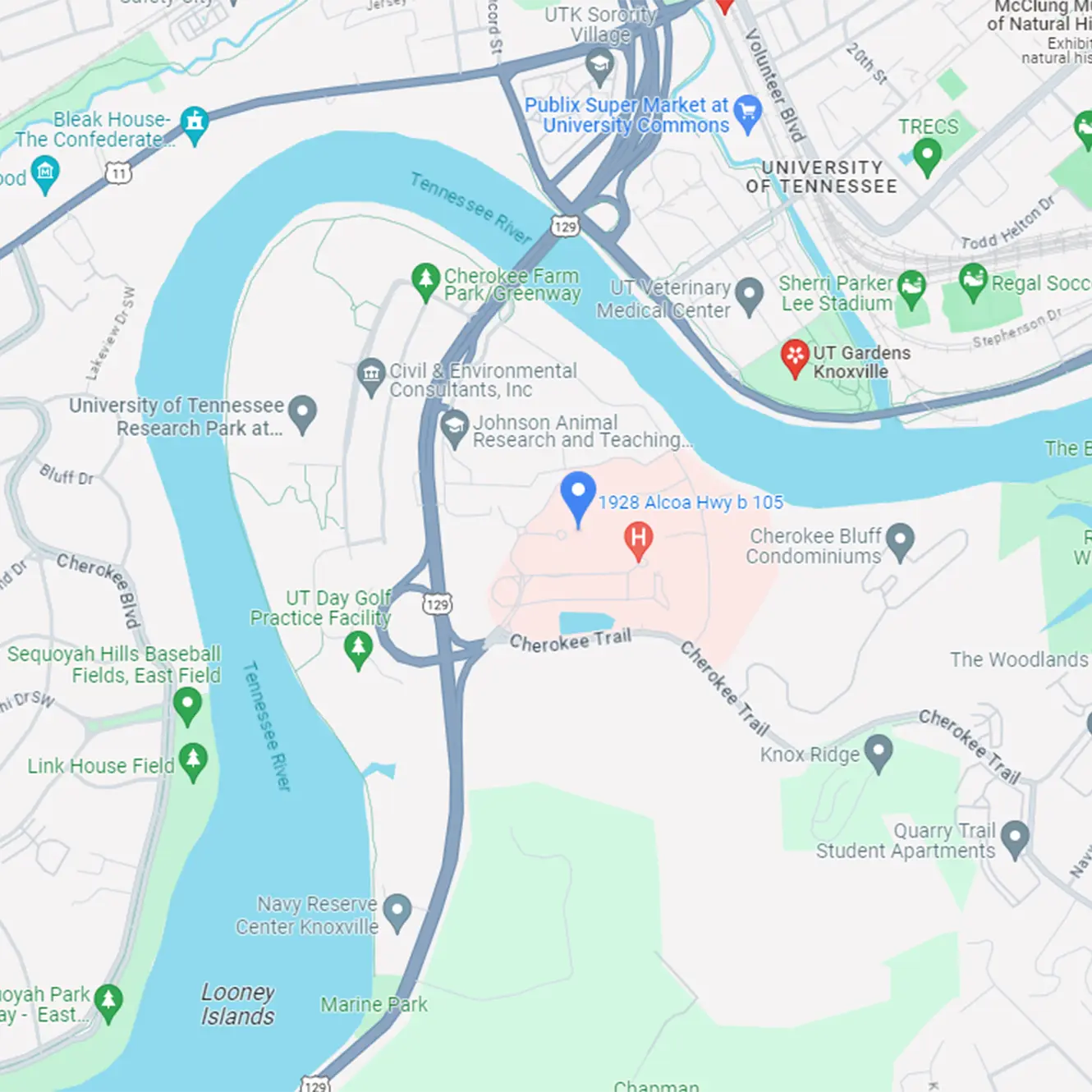Biliary atresia is a blockage in the tubes (ducts) that carry a liquid called bile from the liver to the gallbladder, and occurs in newborns when the bile ducts inside or outside the liver do not develop normally. Why the biliary systems fails to develop normally is not known, but it involves the body’s inflammation process. The inflammation causes the bile ducts to become blocked, and the liver stops working. The condition is congenital, which means it is present from birth.
Symptoms
Symptoms include:
- Yellowing of skin and eyes (jaundice) after 2 weeks of age that does not resolve by 4 weeks of age
- Dark urine
- Pale, clay-colored stools
- Enlarged liver or swollen abdomen
Diagnosis/Testing
This disease is usually diagnosed within the first 2 months of life. The doctor gives the baby a physical exam which includes feeling the baby’s belly area. Several tests may be ordered by your doctor if he/she suspects that your child may have Biliary Atresia in order to rule out other causes. Common testing includes: blood and urine tests, an Ultrasound of the liver and bile ducts, a HIDA Scan, and possibly a Liver Biopsy.
Treatment
The treatment for Biliary Atresia disease requires surgery in order to prevent further liver damage. Early surgery will improve the survival of more than a third of babies with this condition. The procedure is called the Kasai procedure. A surgeon removes the bile ducts that are blocked and replaces them with a piece of the baby’s intestine. The bile may then be carried from the liver to the intestine as intended. Children who have this procedure prior to 2 months of age have the most success. However, some children may continue to have scarring of the liver or cirrhosis, which may eventually require a liver transplant. The long-term benefit of a liver transplant is not yet known, but is expected to improve survival.














